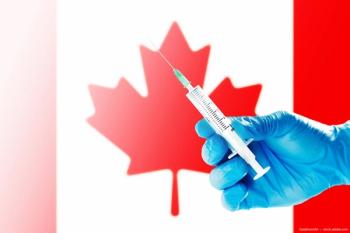
All-laser refractive surgery has benefits
Minneapolis-Three-month results from a retrospective study of LASIK cases performed using the 30-kHz femtosecond laser (IntraLase FS 30, IntraLase Corp.) or a particular microkeratome (Hansatome, Bausch & Lomb) for flap creation indicate that both procedures are associated with excellent efficacy and safety but suggest some benefits for the all-laser surgery, reported Elizabeth A. Davis, MD, FACS, clinical assistant professor of ophthalmology, University of Minnesota, Minneapolis, and a partner in Minnesota Eye Consultants.
The study was performed at a single center and involved patients operated on by two surgeons, Dr. Davis and Richard L. Lindstrom, MD. Patients were given the choice of which keratome would be used. There were 61 eyes in the mechanical group and 50 in the laser group.
"Some recent studies suggest improved outcomes are achieved with the femtosecond laser relative to mechanical microkeratomes. However, because we had excellent results using [this mechanical microkeratome], we were a little skeptical and wanted to investigate a potential difference for ourselves," stated Dr. Davis.
All eyes included in the study were operated on between July and September 2005 and had at least 1 month of follow-up. All the ablations were performed using a particular excimer laser with wavefront technology (Star S4 with CustomVue, Advanced Medical Optics/ VISX) with the Fourier software upgrade but without iris registration. All eyes were treated for myopic astigmatism, were undergoing primary LASIK, and had no prior ocular surgery.
The mechanical microkeratome procedures were performed using the 160-μm plate and the Z head. About 40% were done with the 8.5-mm ring, and the 9.5-mm ring was used for the rest.
The femtosecond laser was programmed to create a 110-μm thick flap using 9 × 9-μm spot spacing, a 65° side cut, 55° hinge, bed energy of 1 μJ, and side cut energy of 0.8 μJ. The mechanical microkeratome flaps were lifted immediately, then the stromal bed was dried and the ablation performed. When the femtosecond laser was used, both flaps were created first and then lifted. Time for laser flap creation ranged from 30 to 40 seconds.
"At our center, the femtosecond laser and [excimer] laser are side by side so that the same bed is used for both and there is no need for changing rooms," said Dr. Davis. "By making both flaps first before attempting lifting, there is also no waiting period to allow for bubbles to dissipate."
Although the study did not randomly assign patients, the two groups were fairly well-matched in their demographic and baseline characteristics. The mean patient age was about 37 years, about two-thirds of the patients were female, mean pachymetry was about 550 μm, and mean manifest spherical equivalent was about –4.0 D with an average of about –0.7 D of cylinder in each group.
Newsletter
Don’t miss out—get Ophthalmology Times updates on the latest clinical advancements and expert interviews, straight to your inbox.


















































.png)


